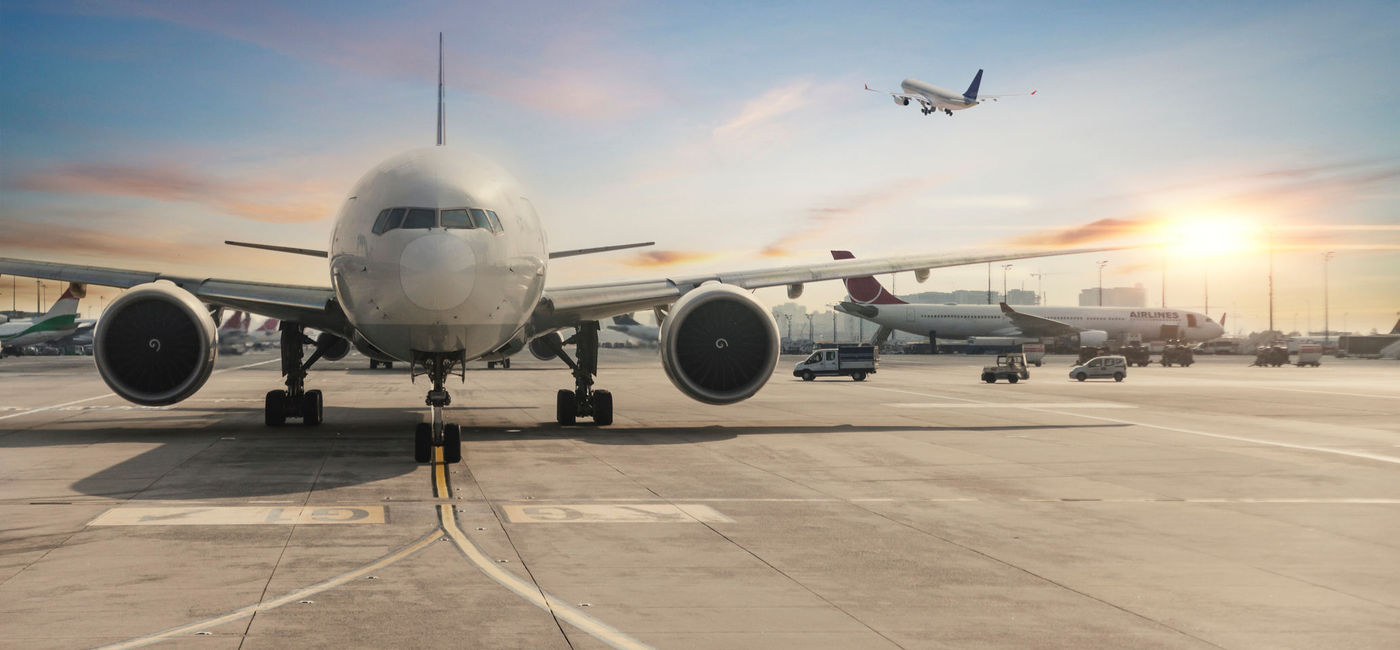FAA Warns of Air Traffic Controller Shortage Ahead of Summer Travel Season

In an effort to avoid a repeat of last summer’s tumultuous air travel scene, The Federal Aviation Administration (FAA) is warning the industry of staffing shortages at a key facility and requesting that airlines make some operational adjustments.
Last week, the FAA held a meeting with aviation industry leaders to confer about the best ways of managing the New York area’s already congested airspace. Specifically, the agency requested that airlines operate fewer flightswhile using larger planes in order to help ease airspace and airport traffic during the peak summer travel season.
After the widespread flight disruptions, delays and cancellations that plagued passengers last year, the FAA is trying to sidestep the imminent threat of another gridlocked peak summer travel season. With consumer demand rising and this summer’s travel to the region forecast to increase seven percent over last summer, the FAA has predicted 45 percent more delays if nothing changes.
“The FAA is taking several steps to keep air travel to and from New York City this summer safe and smooth, even as we see strong domestic demand and a return of pre-pandemic international traffic,” the agency said in a statement.
The FAA disclosed that a key New York City facility is suffering from a severe shortage of air traffic controllers. The central issue boils down to personnel deficits at the New York Terminal Radar Approach Control (TRACON), or N90, located on Long Island, which is responsible for orchestrating flights to and from the New York metro area’s John F. Kennedy International Airport, LaGuardia Airport and Newark Liberty International Airport.
The FAA actually revealed in a notice last month that TRACON’s staffing levels stood at only 54 percent of what’s actually needed, compared with an average of 81 percent at other air traffic control centers. It said that pandemic safety measures impacted workforce training at the facility, and staffing hasn’t caught back up to the degree seen at other locations.
A crucial hub, not just for flights in and around the East Coast, but for connections throughout the rest of the U.S., problems at TRACON could quickly throughout the entire aviation system. In particular, the FAA is worried about air traffic volumes causing disruptions between New York and the nation’s capital. The agency told carriers Washington D.C.’s Reagan National Airport was a good target to consider for carriers looking to consolidate flights.
The Washington Post reported that airline executives expressed a willingness to cooperate with the agency; but, also some frustration, as they’re working to restore their own operations to pre-pandemic levels.
Airlines have been given until April 30 to decide their next move, but United and Delta Air Lines have reportedly already expressed their initial approval of the FAA’s proposal. Both said that they would try to employ larger planes to the “extent possible” on flights between New York and D.C., and be more transparent with the public about their efforts to avoid flight disruptions.
